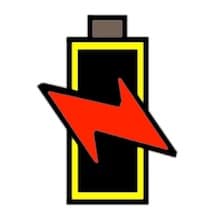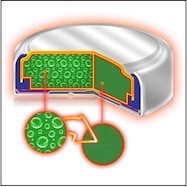Feb. 07, 2017
Barry Freeman, Ph.D.* Hearing aids (instruments) are entering a new era of rechargeable hearing aid batteries where consumers no longer have to deal with the hassles of replacement disposable batteries. Just follow recent industry product announcements: “Starkey offers rechargeable option thanks to ZPower” “Free yourself from the hassles of disposable batteries with Phonak Audéo™ B-R rechargeable hearing aid.” “Signia















